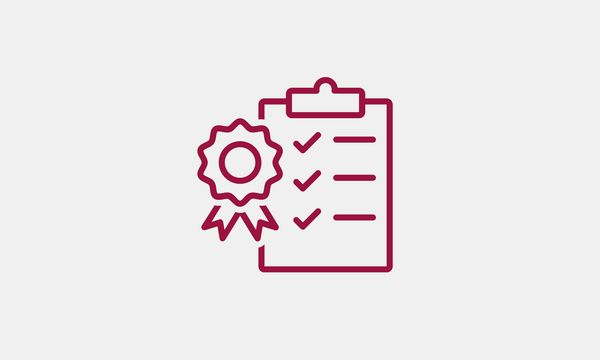How to Set Digital Talent Up for Success in Government

So you've successfully recruited and retained tech talent in the public sector — congratulations! But even the most talented digital professionals will only succeed in the right environment.
Hiring a legion of developers and UX designers isn't enough for true digital transformation. To make real change, governments need to seriously consider a culture shift.
In our last blog post, we broke down how our Fellowship program managed to retain top digital talent, with more than 75% of our fellows staying on in government once their contract had finished.
Here's what our fellows told us about what allowed them to thrive in their government roles and what barriers they faced to success.
The roadblocks
In our conversations with former fellows, they mentioned some key culture issues:
Lack of precedent: Risk-averse government decision-makers were often unfamiliar with digital ways of working, including user-centred design, iterative work, and building prototypes.
Siloed communication: Some fellows faced communication gaps between policy teams, subject matter experts and the IT department. Others were isolated from internal department staff and had difficulties connecting and working with their government counterparts in IT.
Lack of buy-in: A lack of organizational buy-in from all levels was often a barrier to fellows' success. One fellow shared that while they were supposed to bring "technical transformation" to their department, its success depended on cultural transformation. For many teams, "human barriers were the biggest barrier [they] experienced."
We spoke with the fellows about how governments could embrace cultural change to achieve their digital transformation mandates. Here's what they shared.
Prepare government leaders with digital ways of working
Digital transformation is incredibly difficult without the support of executive leadership. Yet, there is a digital knowledge and skills gap in government leadership. This gap means digital professionals must spend time and effort to justify their work, limiting their success.
As one fellow explained, "The biggest challenge that I experienced was a lack of understanding on the part of [my government team] in terms of what a UX designer role was and how it could support product development."
We recommend creating a central digital hub to help decision-makers familiarize themselves with digital tools and concepts. By providing leaders with the resources they need to understand the benefits of digital work, they can become digital champions in their departments.
Establish a need assessment framework for all digital teams
Many government teams struggle with knowing where to start their digital transformation journey. While there's no one-size-fits-all solution, a needs assessment framework would give leaders the help they need to understand opportunities and limitations when crafting an initial roadmap.
Create working groups to engage CIOs and existing IT teams
Our fellows told us that engaging existing IT teams is crucial to digital success. Government departments already have many information, communications and technology (ICT) professionals who are skilled but dealing with roadblocks such as dated technology, slim resources and bureaucracy.
There is often a lack of a shared vision and understanding of the 'why' and 'how' of digital ways of working. Creating working groups would reduce friction and create team synergy to enable success.
Want to know more?
If you missed the first two blogs in our series, check out our recommendations about recruitment and retention. And be sure to catch our Executive Director Dorothy Eng in conversation with other experts about building digital government talent pipelines later this month.
This blog post series is based on findings published in Building Digital Government Talent Pipelines: Recruitment and Retention for Digital Era Government, as part of the Code For Canada, Institute for Public Administration, and Policy Ready digital government case study series study. To get a more in-depth review of our findings, please read the full case study.











